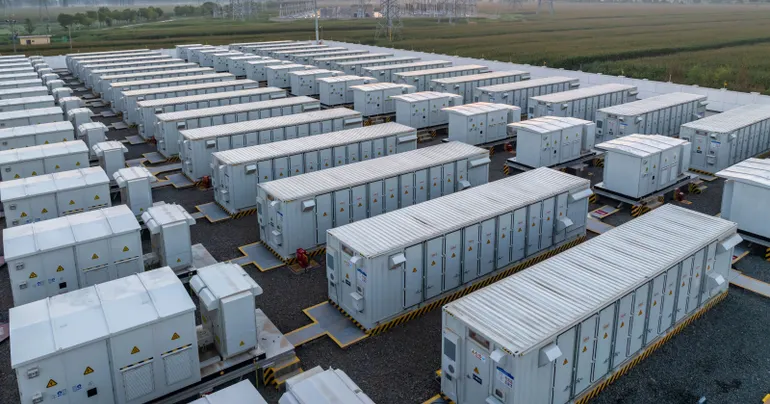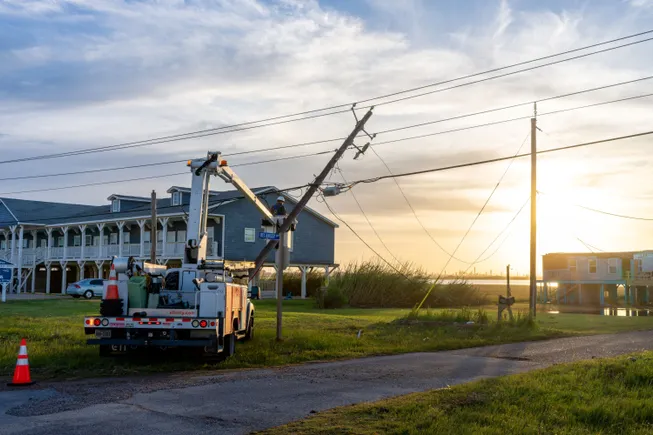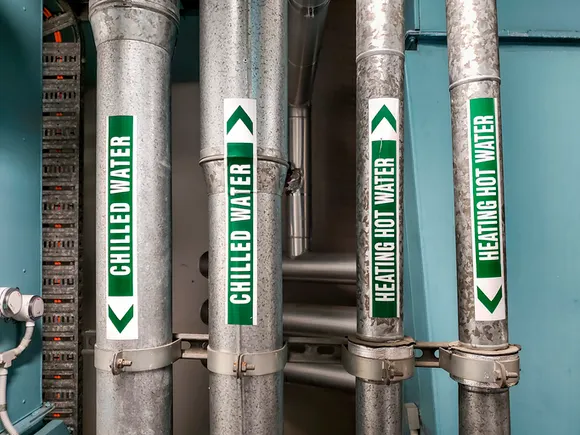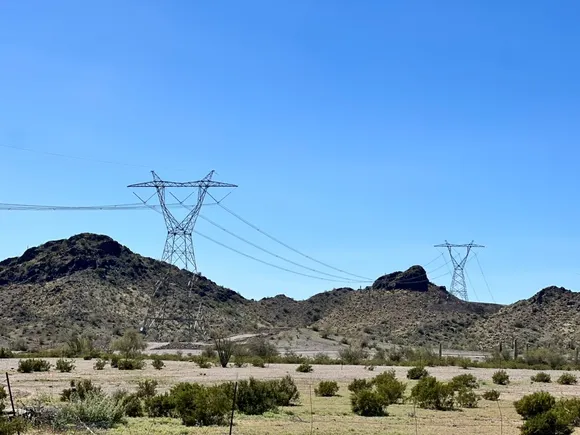
Dive Brief:
- The New Jersey Board of Public Utilities plans to procure at least 1 GW of transmission-scale energy storage in two competitive solicitations over the next 12 months, it said on June 18.
- The board aims to procure 350 MW to 750 MW by Oct. 31 and the remaining capacity needed to reach the 1 GW target in a second solicitation in the first half of 2026, it said.
- The two solicitations show New Jersey is moving forward with the clean energy plan signed into law by Gov. Phil Murphy, D, in 2018, which mandates 2 GW of new energy storage by 2030 and 100% “clean energy” by 2050.
Dive Insight:
The board’s long-awaited announcement came seven years after Murphy signed what was characterized at the time as an “aggressive” plan to boost the state’s renewable portfolio and storage targets.
The solicitation “is the culmination of two years of extensive stakeholder engagement, incorporating valuable feedback from a diverse range of industry experts, environmental groups and public representatives,” the board said in a statement.
The first phase, which opened to bidders on June 25, is open to transmission-scale projects, including standalone storage, additions to existing solar, and solar-plus-storage resources, according to the program’s website. They will be funded largely through the New Jersey Clean Energy Program budget, which receives funding from a long-running utility bill surcharge, and will not increase costs for ratepayers, the board said.
“This ambitious program directly addresses demand growth and limited supply, the root causes of recent rate increases, while simultaneously building a major part of the state’s clean energy future,” the board said. New Jersey’s generation mix is 35.8% natural gas, 57.5% nuclear and 4.8% renewables, according to the U.S. Energy Information Administration.
While the first phase of New Jersey’s program is focused on bulk storage connected to transmission, the board is planning to launch a second phase next year focused on smaller energy storage systems connected to local distribution grids, including both “in front of the meter” and “behind the meter” systems, the board said. A potential third phase is currently being evaluated, it added.
The new storage could put New Jersey well on its way toward its goal of 2 GW by 2030. The state legislature passed a bill Monday that would boost those efforts by creating a special fund to award incentives to storage system developers. The “energy storage fund” would require the board to deposit into it at least $60 million a year starting in 2028.
“It’s pretty exciting that we have an all-in approach from the state’s perspective today,” Moira Cyphers, the director of Atlantic Offshore and Eastern State Affairs for the American Clean Power Association, said in an interview. “[This] has been a long time coming.”
There is strong bipartisan support for the bill, which Gov. Murphy could sign as early as this week, Cyphers added.
New Jersey’s largest energy storage installation to date is a 415-MW pumped hydropower facility in the northwestern corner of the state. That facility would not count toward the state’s 2-GW 2030 target. The state has about 110 MW of existing battery energy storage and 1,200 MW of “shovel-ready” standalone storage projects out of a total queue of about 3,700 MW, ACP says.
New Jersey’s interest in storage underscores the growing geographic diversity of large-scale energy storage investment following an initial construction boom driven by southwestern U.S. markets like California, Nevada, Arizona and Texas, ACP Vice President of Energy Storage Noah Roberts said in an interview.
That’s in part because it’s increasingly difficult to ignore the cost and reliability benefits of energy storage, Roberts said. He pointed to a recent ACP analysis showing that Texas ratepayers saved at least $750 million and benefited from a substantially more reliable grid thanks to about 5 GW of storage deployments between summer 2023 and fall 2024.
“We’ve seen that in states that have taken this type of action to accommodate energy storage, they’ve seen benefits,” Roberts said. He said New Jersey’s efforts come “not a moment too soon for delivering reliability and lower cost in a region that has seen higher costs for their electricity.”
Increasing storage could mitigate wholesale electricity prices over time by increasing electricity supply during peak demand periods while simultaneously improving reliability and resilience, the board said.
Ambitious state-led energy storage procurements matter even more amid likely rollbacks of federal support for clean energy technologies and near-term demand increases in PJM driven by new data centers and increasingly extreme weather, Roberts and Cyphers said.
PJM’s most recent load forecast sees data center development driving average annual winter and summer peak load growth of 3.8% and 3.1% through 2035.





















